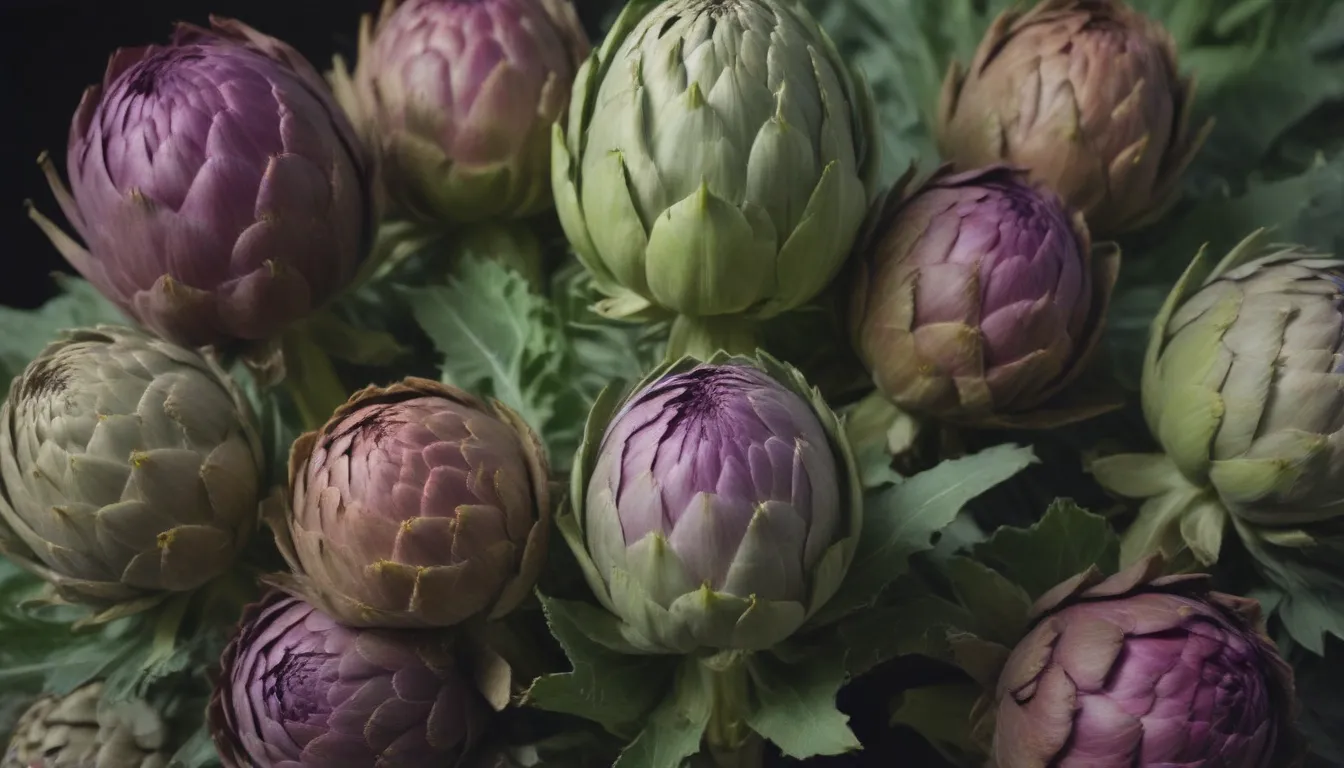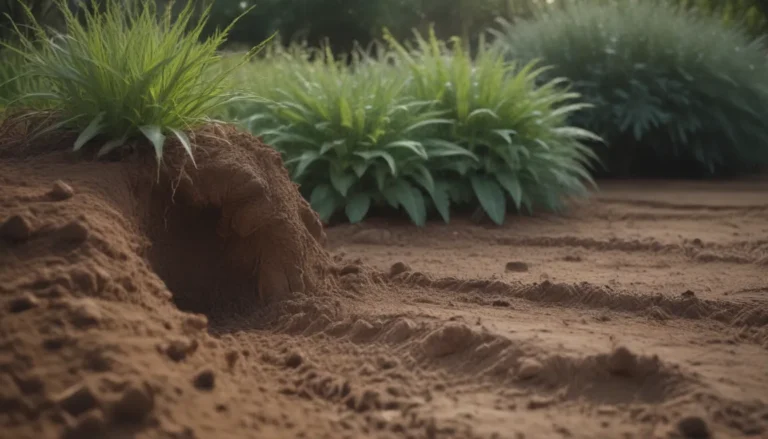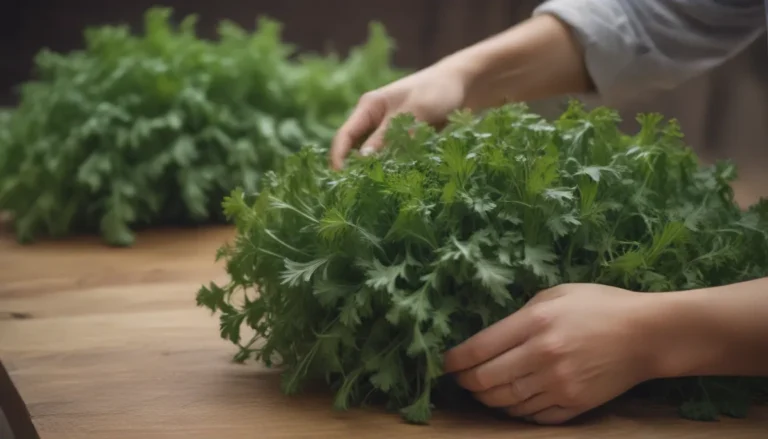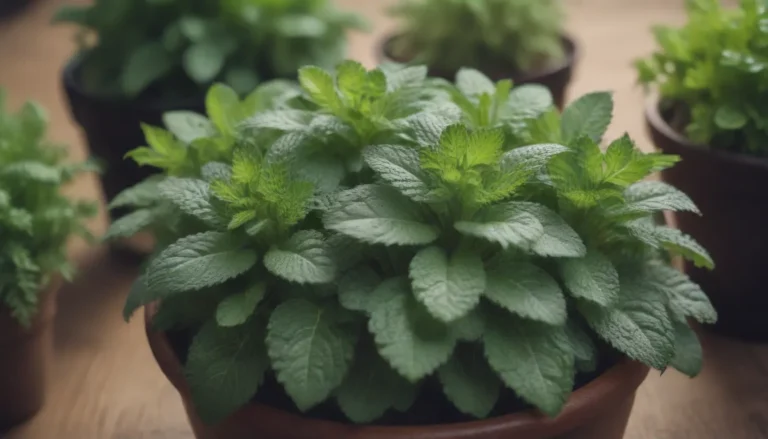The Complete Guide to Growing and Caring for Artichokes

If you’re a fan of delicious, tender artichoke hearts, then why not try growing your own artichokes at home? In this comprehensive guide, we’ll cover everything you need to know about planting, caring for, and harvesting artichokes in your own garden. Artichokes may seem intimidating to grow at first, but with the right knowledge and care, you can enjoy a bountiful harvest of these flavorful veggies.
Getting to Know Artichokes
Artichokes are herbaceous perennial plants that belong to the Asteraceae family. These plants are typically grown for their edible flower buds, which are harvested before they bloom. Artichoke plants have silvery-green leaves that can be quite prickly, and their thick stems support the large, dome-shaped flower buds. These buds are the parts of the plant that are commonly found in produce aisles, where you can enjoy the tender and flavorful artichoke “heart.”
Artichokes can be grown as annuals in cooler climates or as short-lived perennials in warmer regions. Depending on your climate, planting times may vary. In warmer zones, artichokes can be planted either as seeds in late summer or as young plants in mid-autumn. It typically takes about 85 to 100 days for artichokes to reach harvest.
Artichoke Care
To ensure the success of your artichoke plants, it’s important to provide them with the right care and conditions:
Light
Artichokes thrive in full sun. While they can tolerate some shade, they will produce better flower buds when grown in full sunlight.
Soil
Artichokes prefer sandy, well-drained, and slightly alkaline soil. Good drainage is essential to prevent root rot, especially in overwintered areas. Consider amending the soil with compost or aged manure before planting to promote healthy growth.
Water
Artichokes require regular watering to develop fleshy and tender buds. Make sure to water deeply at least once or twice a week to keep the soil moist. Adequate water also helps establish a strong root system.
Temperature and Humidity
Artichokes thrive in warm weather and prefer areas with mild winters and cool, moist summers. Excessive heat can cause premature flowering, so it’s essential to keep the soil cool with a thick layer of mulch.
Fertilizer
Artichokes are heavy feeders, so add compost or aged manure at planting time. You can also apply an organic balanced fertilizer to promote healthy growth throughout the season.
Types of Artichokes
There are several excellent varieties of artichokes to choose from, including:
- ‘Big Heart’
- ‘Green Globe’
- ‘Imperial Star’
- ‘Purple of Romagna’
- ‘Violetto’
Each variety offers a unique flavor and appearance, so feel free to experiment and find your favorite.
Pruning and Propagating Artichokes
When harvesting artichokes, cut the buds at a 45-degree angle when they reach about three inches in diameter. Trim spent stalks to encourage new growth. To propagate artichokes, you can grow new plants from offshoots that mature plants produce. While starting from seed is easier, dividing offshoots is a viable option for warm climates.
Growing Artichokes from Seed
If you’re starting artichokes from seed, begin indoors at least eight weeks before the last frost date. Plant seeds in a moistened seed starting mix and ensure warm soil temperatures for germination. Harden off seedlings before transplanting them outside to promote healthy growth and flower production.
Overwintering Artichokes
To grow artichokes as perennials, adjust your overwintering methods based on your USDA Hardiness Zone. Protect plants from frost and extreme temperatures to ensure their survival through the winter months.
Common Pests and Plant Diseases
Fortunately, artichokes are relatively pest-resistant, but slugs and aphids can sometimes be problematic. Keep an eye out for these pests and take appropriate measures to control them. Botrytis, or gray mold, can also affect artichokes, so monitor your plants for any signs of disease and address them promptly.
In conclusion, growing and caring for artichokes can be a rewarding experience for any garden enthusiast. With the right conditions and proper care, you can enjoy a harvest of flavorful artichoke hearts right from your backyard. Experiment with different varieties, follow our tips for care, and watch your artichoke plants thrive. Happy gardening!
Sources: University of California, Gov.au, Science, 1971, Almanac





